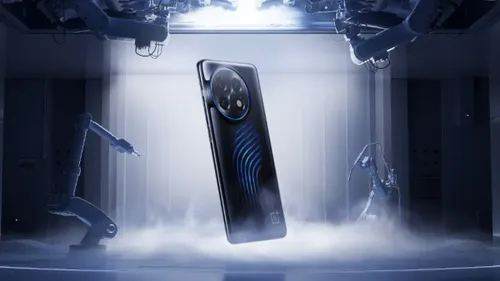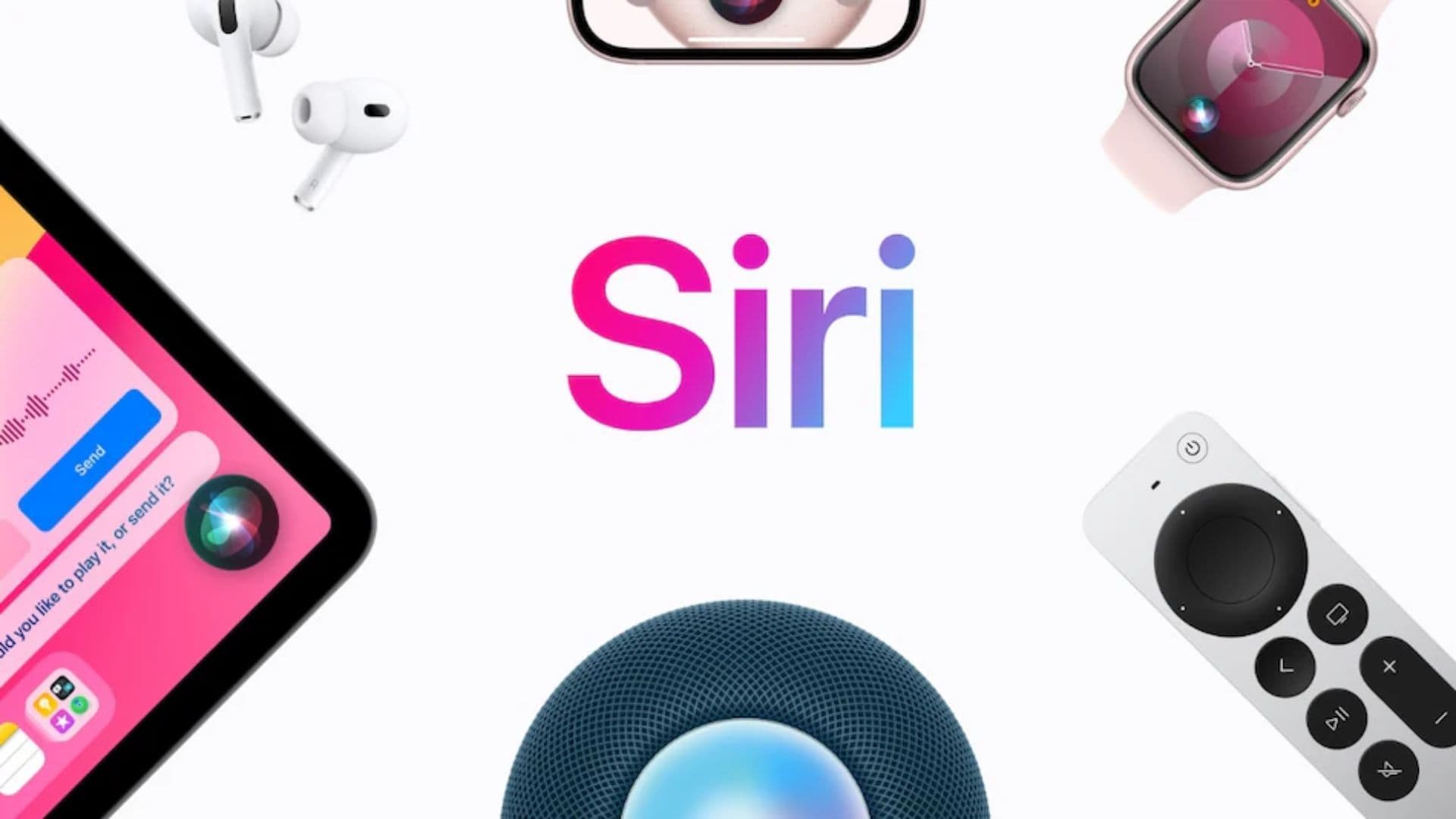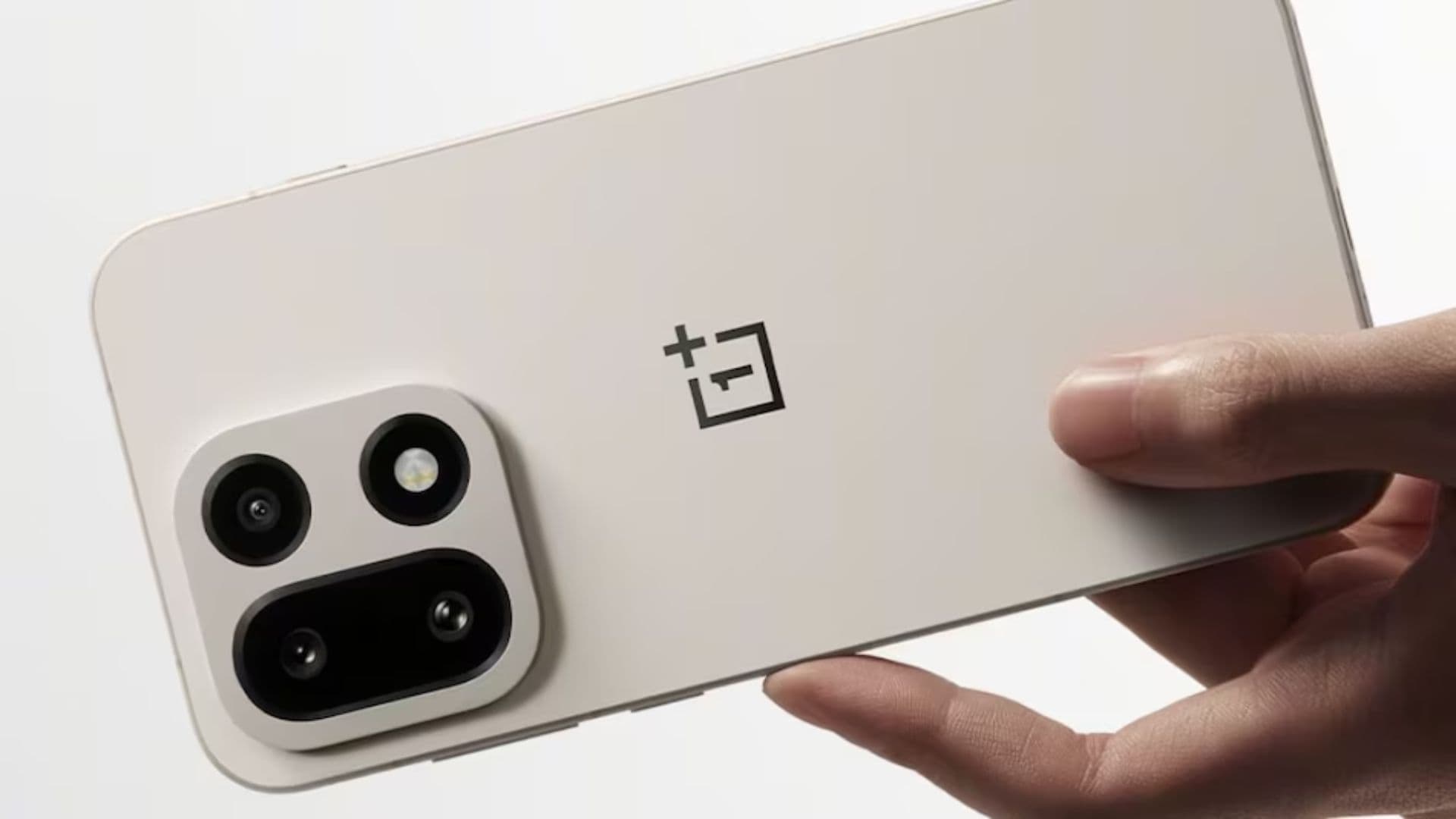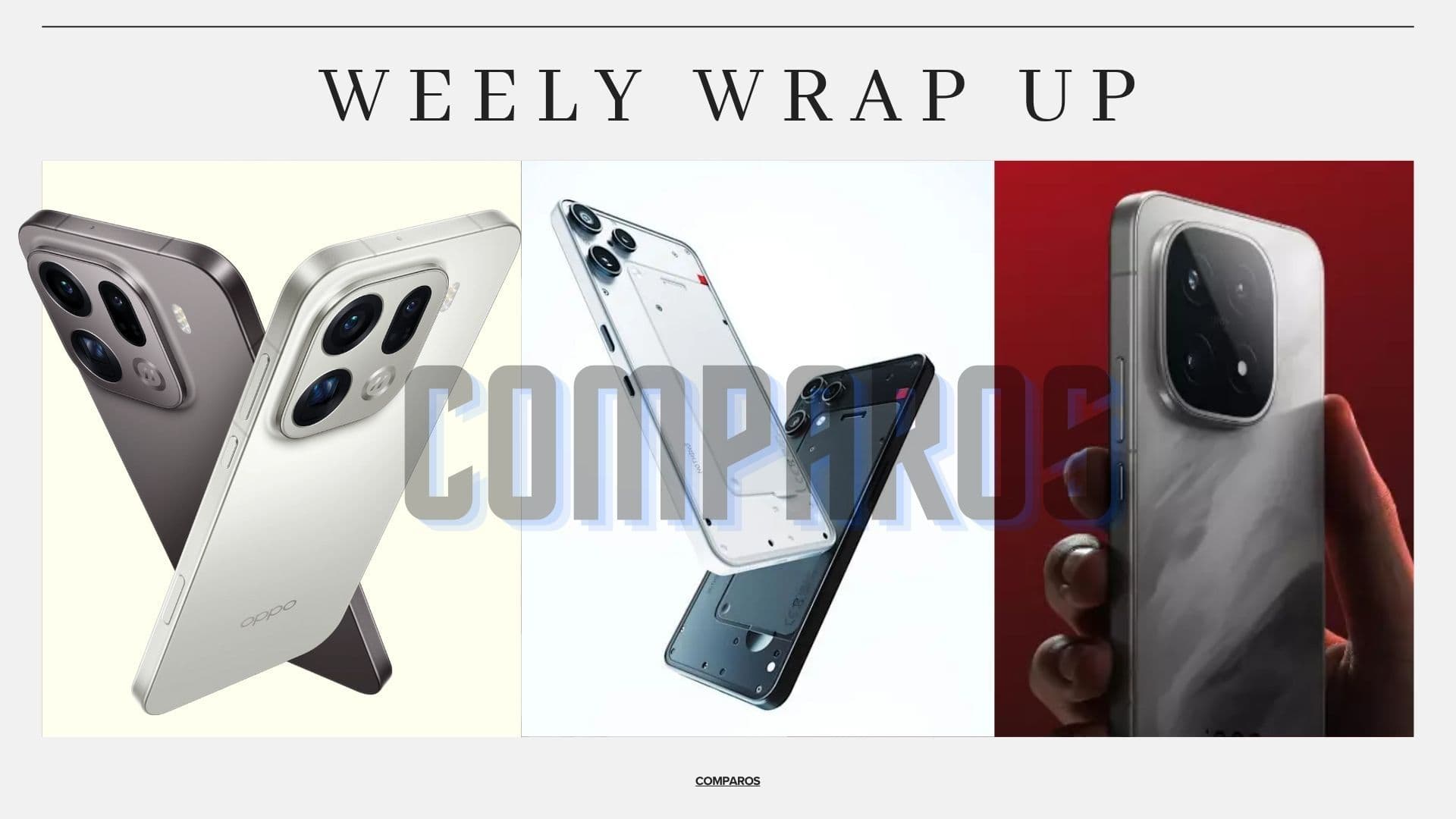Ad

Real Liquid Cooling:One Plus 11
Follow Us:
5,281 views

A phone's liquid cooling system typically consists of a small heat pipe running from the processor to a small chamber filled with cooling liquid. As the processor heats up, the heat is absorbed by the liquid and transferred to the cooling chamber, where it is dissipated via a small radiator or heat sink. The main benefit of liquid cooling in phones is that it allows for better and more efficient heat dissipation, which can help to improve overall phone performance. This is particularly important for high-performance smartphones designed to run demanding applications or games, as they can generate a lot of heat, causing the phone to slow down or even shut down. However, liquid cooling increases the complexity and cost of a phone's design, and it necessitates more space and components, which can make the phone bulkier and heavier. As a result, liquid cooling is typically found only in high-end or gaming-oriented smartphones, where the benefits of improved performance outweigh the additional costs and complexity. Up until now, liquid cooling was done using a copper heat pipe, which could not really be called liquid cooling. At the MWC One plus recently released its concept phone “One Plus 11” with real liquid cooling The breakthrough that OnePlus refers to as Active CryoFlux is hailed as a paradigm shift in smartphone cooling. According to OnePlus, active liquid cooling can increase frame rates by 3–4 fps and lower temperatures by 2.1 °C.
A benefit of Active CryoFlux extends beyond games. According to the technology, charging temperatures can be lowered by 1.6 °C, which should assist shorten the charging time by 30 to 45 seconds. According to OnePlus, the upper and lower diaphragms are connected by pipelines to industrial-grade ceramic piezoelectric motors for the cooling system. The business claims that because the pumps only cover a 0.2 cm2 area, they shouldn't significantly add to the weight or thickness of the phone. The OnePlus 11 Concept's appearance is intended to highlight its mastery of liquid cooling. Through the LED-lit pipelines, which are visible through a translucent rear cover, the CryoFlux liquid travels. An electric field is used to deposit a metal and alloy magnetron-spluttering coating on the back cover. Moreover, the fluid creates a halo by flowing around the camera ring. Guilloché etching, which engraves an ornate pattern reminiscent of high-end watches, is used to design the lens area.
Verdict:
It would be fun to see how the technology would evolve in the near future, but for now, the difference is very minimal and simply a market gimmick for the time being, but it has huge potential in the future
Latest News





Reviews & Guides
View All

Sony BRAVIA 7 Mini LED K-65XR70 vs. Haier Mini LED H65M95EUX

Samsung QN90F (65QN90FAU) Review: The King of Bright-Room Viewing

LG QNED92: The QNED Powerhouse That's More Than a Bright Alternative

Haier M92: A New Contender in the QD-Mini LED Arena

Donald Trump Watch Collection: Timeless Luxury on the Wrist

Best Smartphones Under 30,000 in 2025

Best 5 Litre Water Heaters in India 2025: Top Latest Models for Quick Hot Water

Top 10 camera Lenses Every Photographer Should Own in 2025







